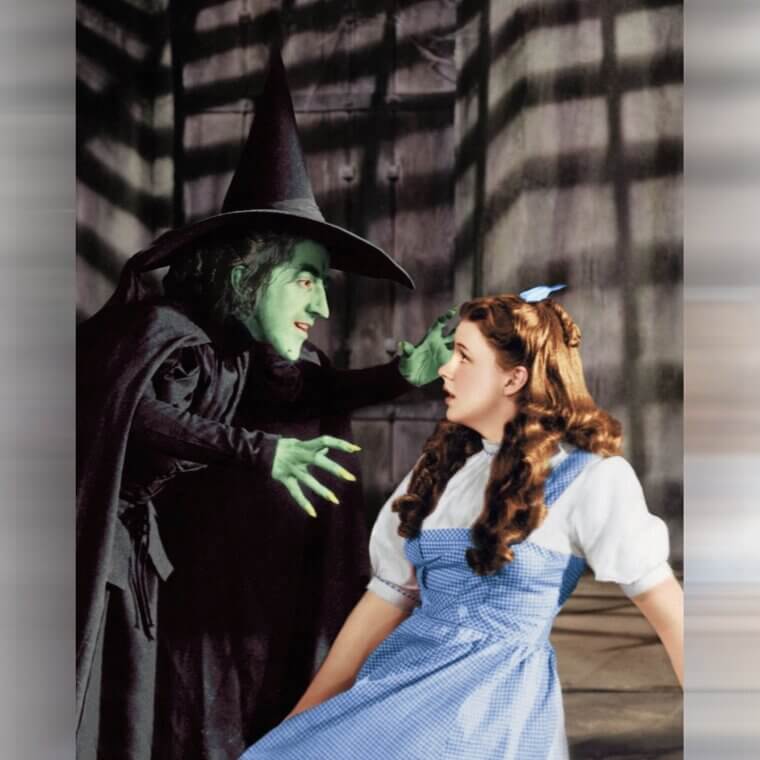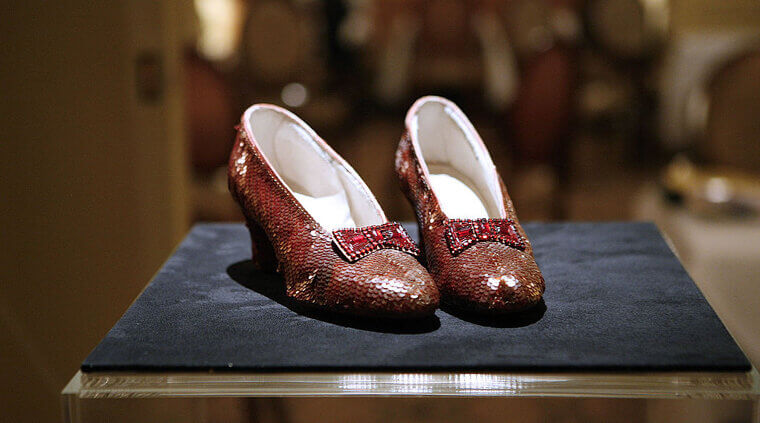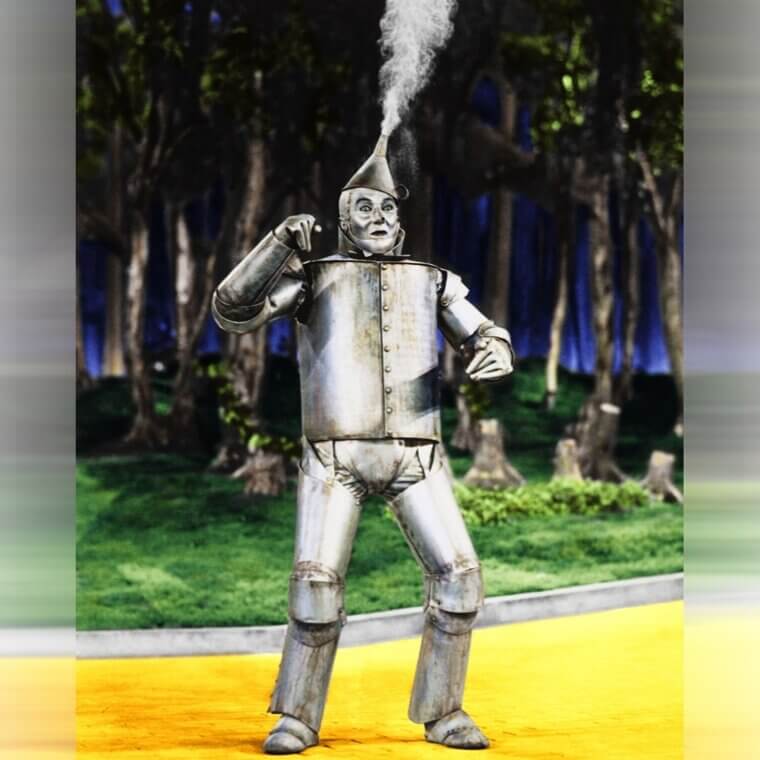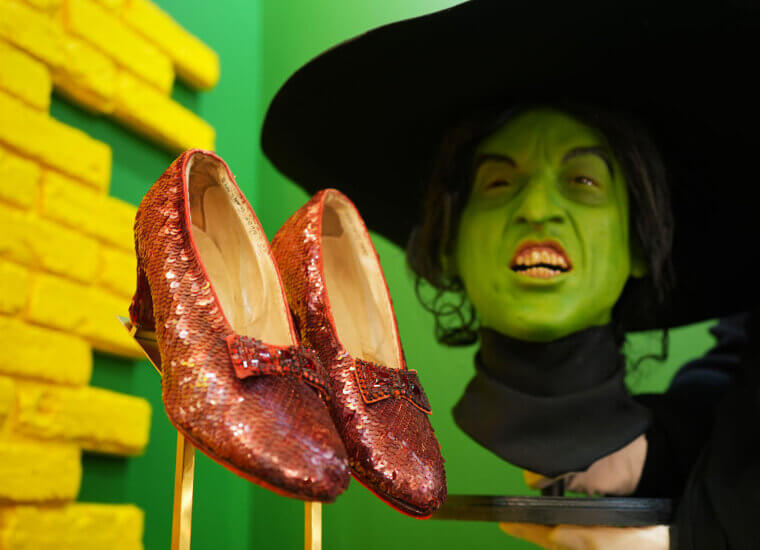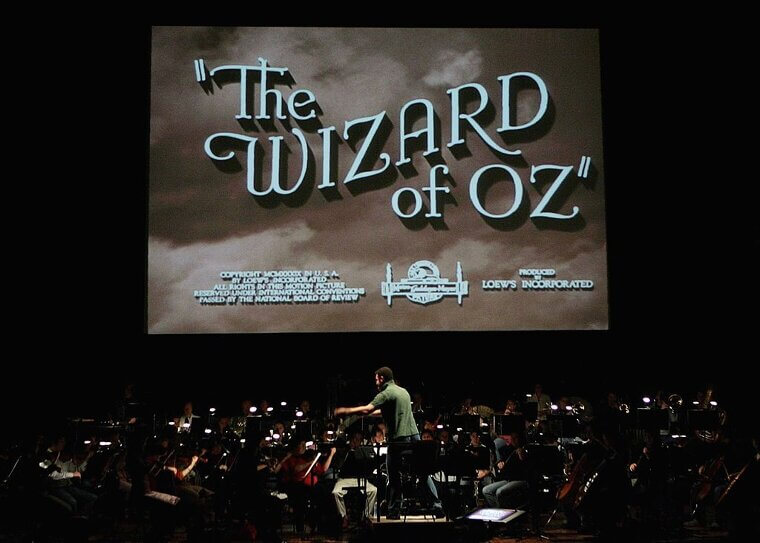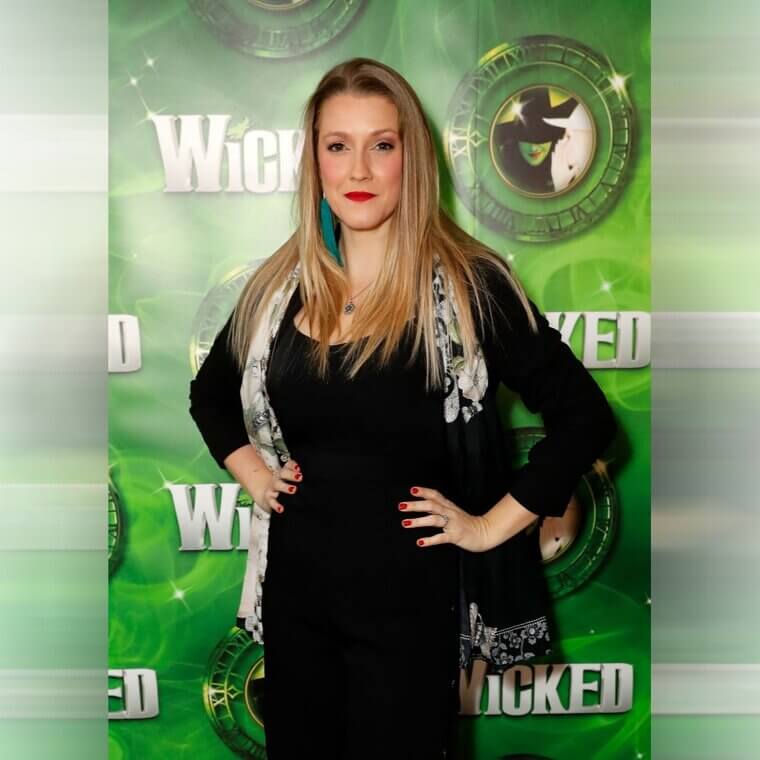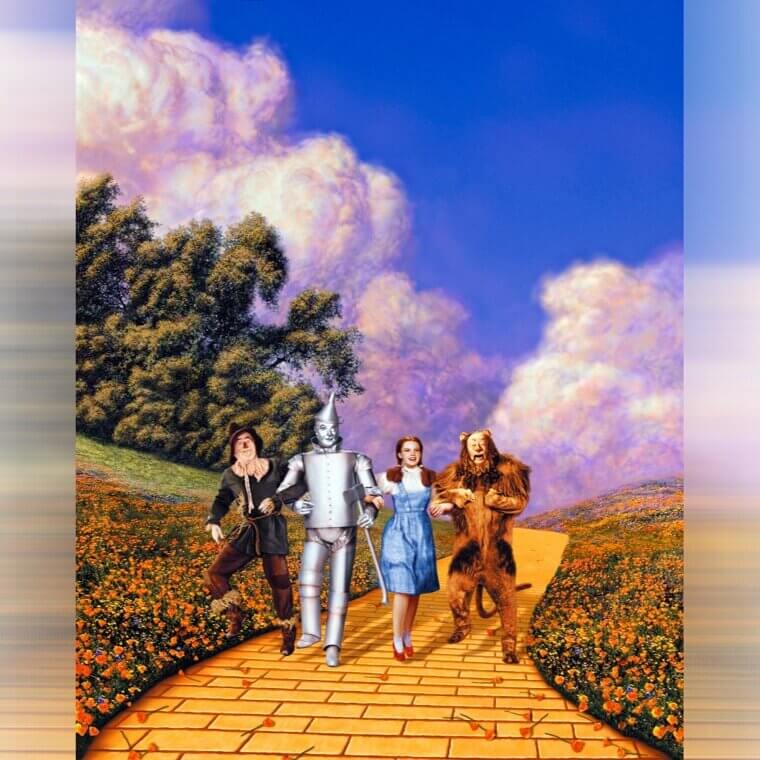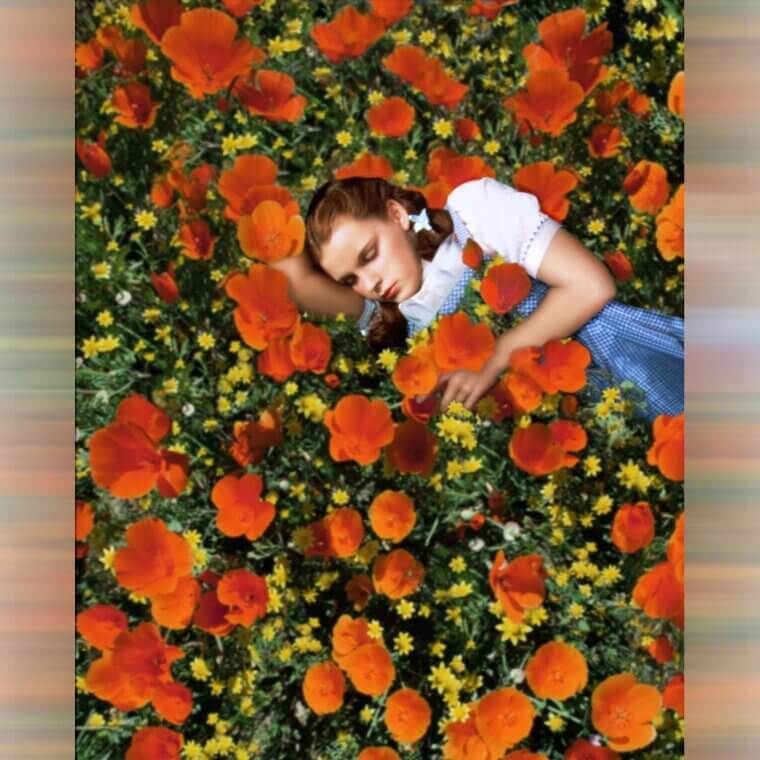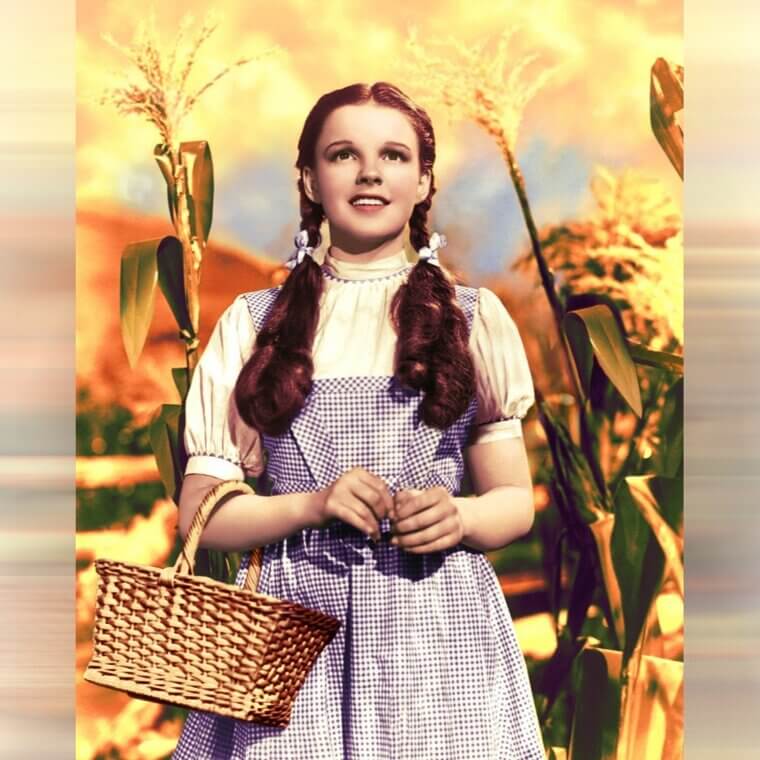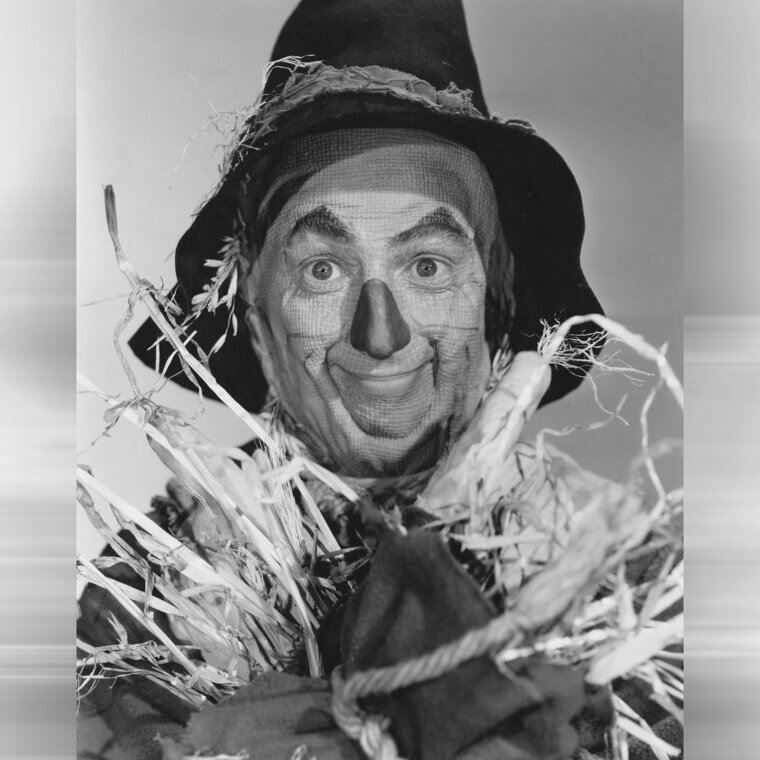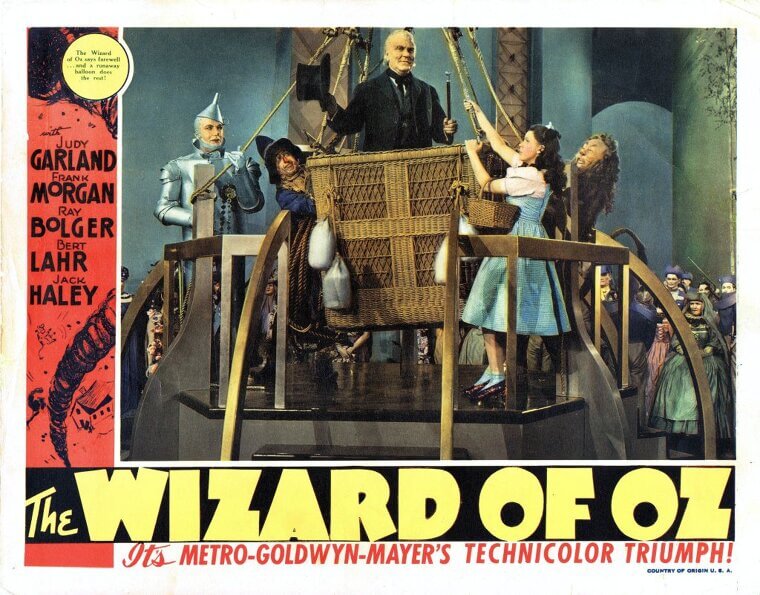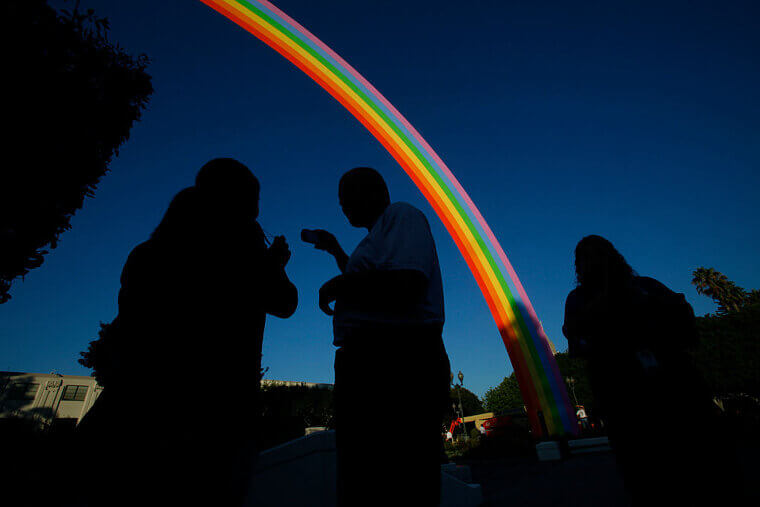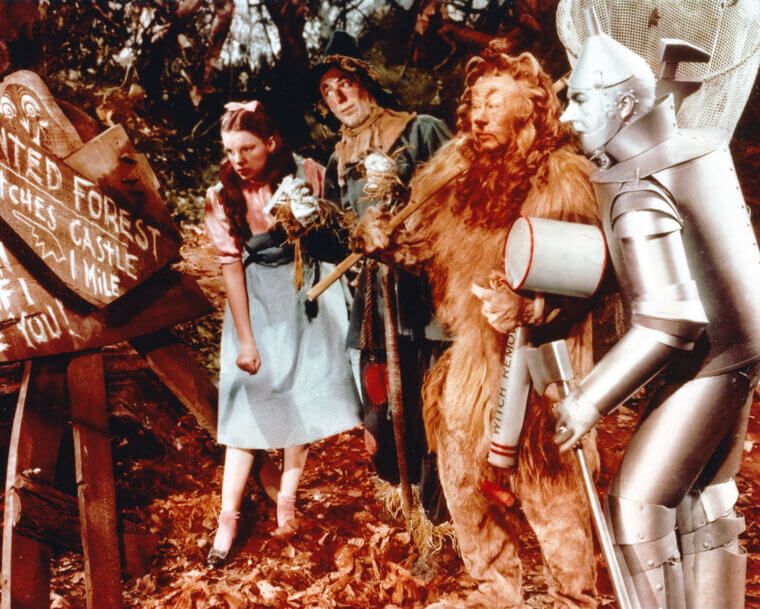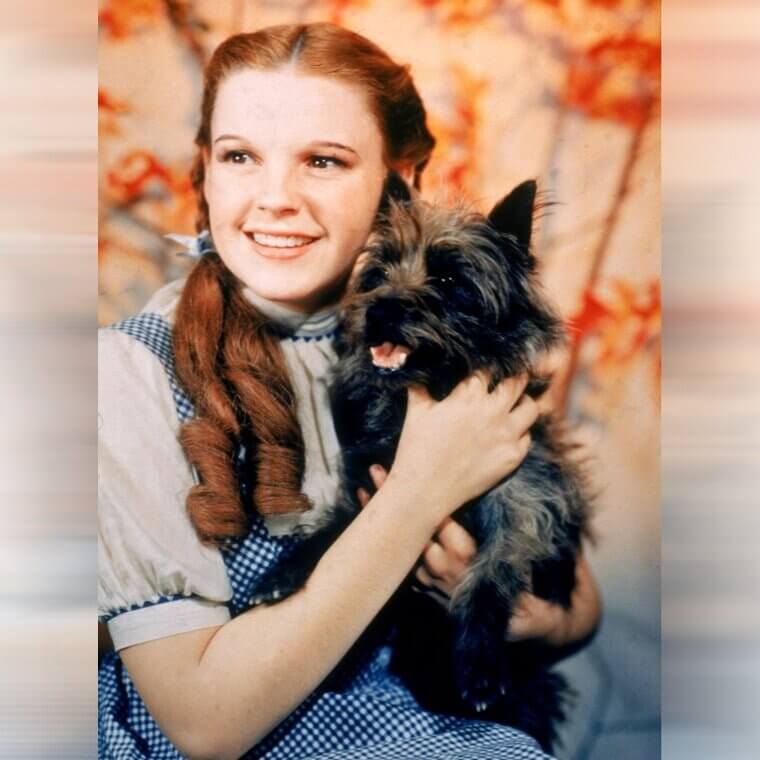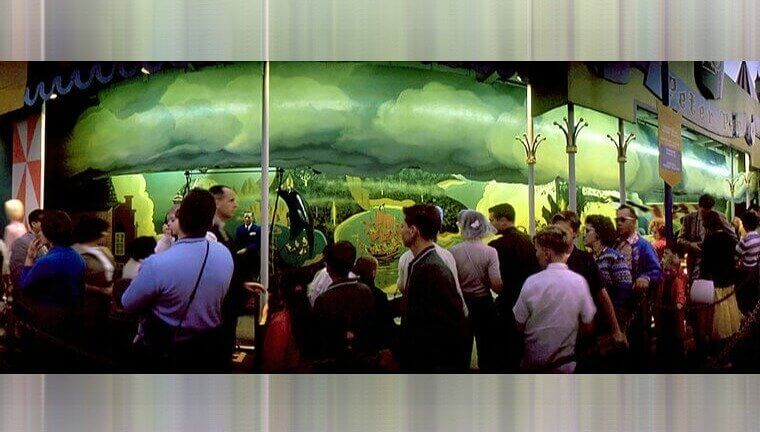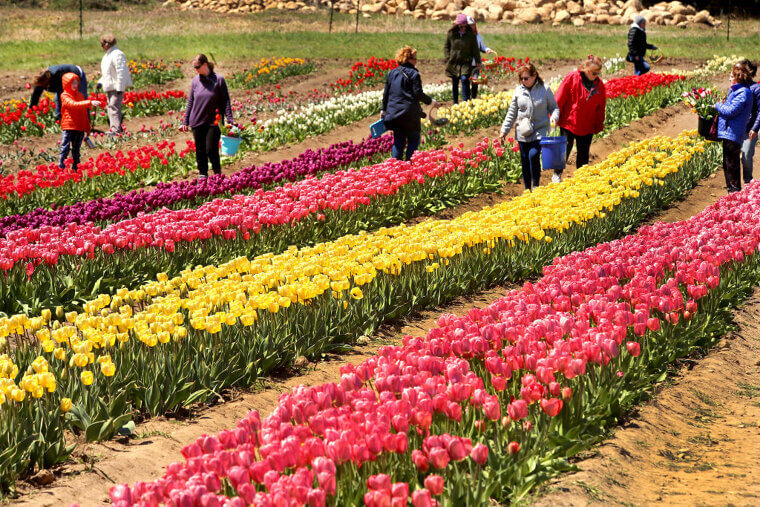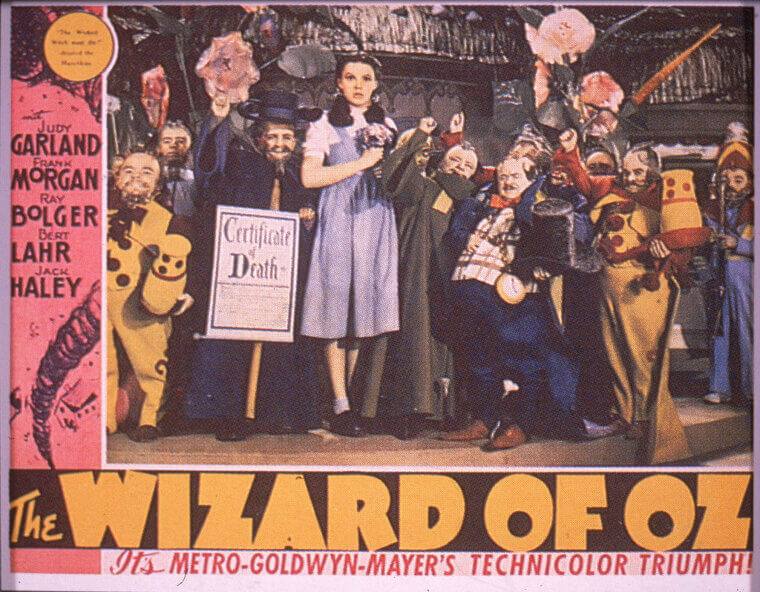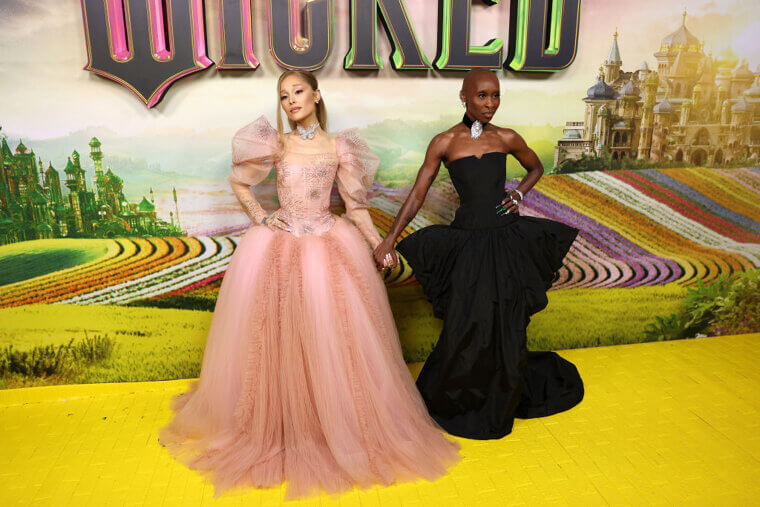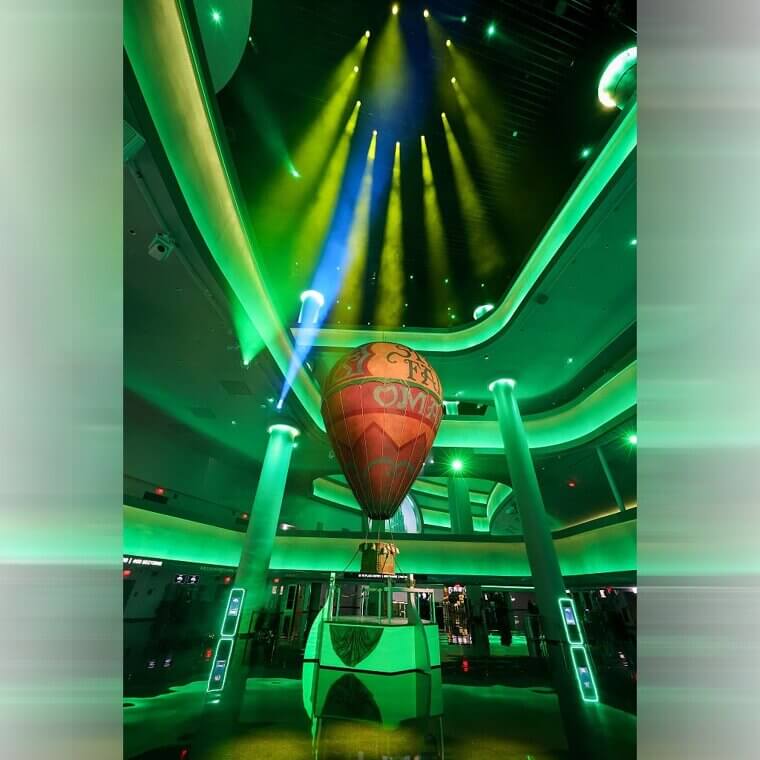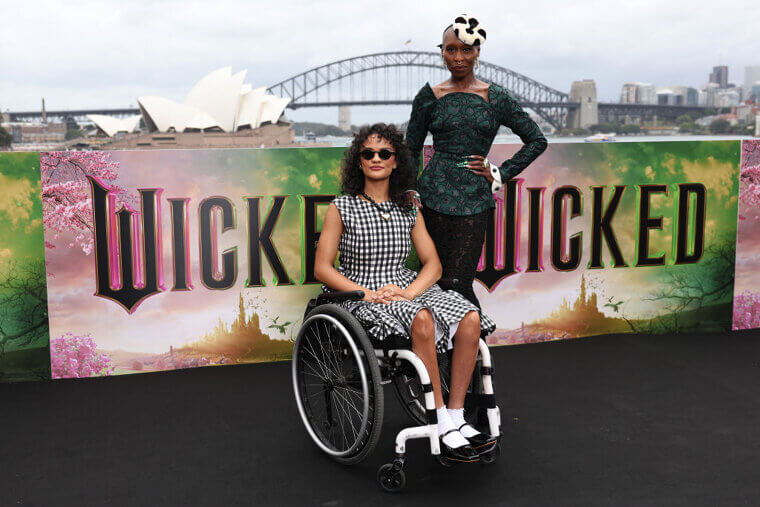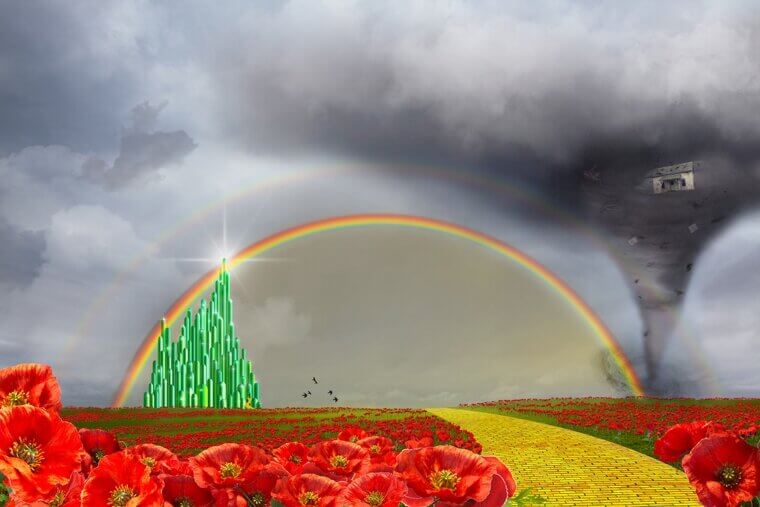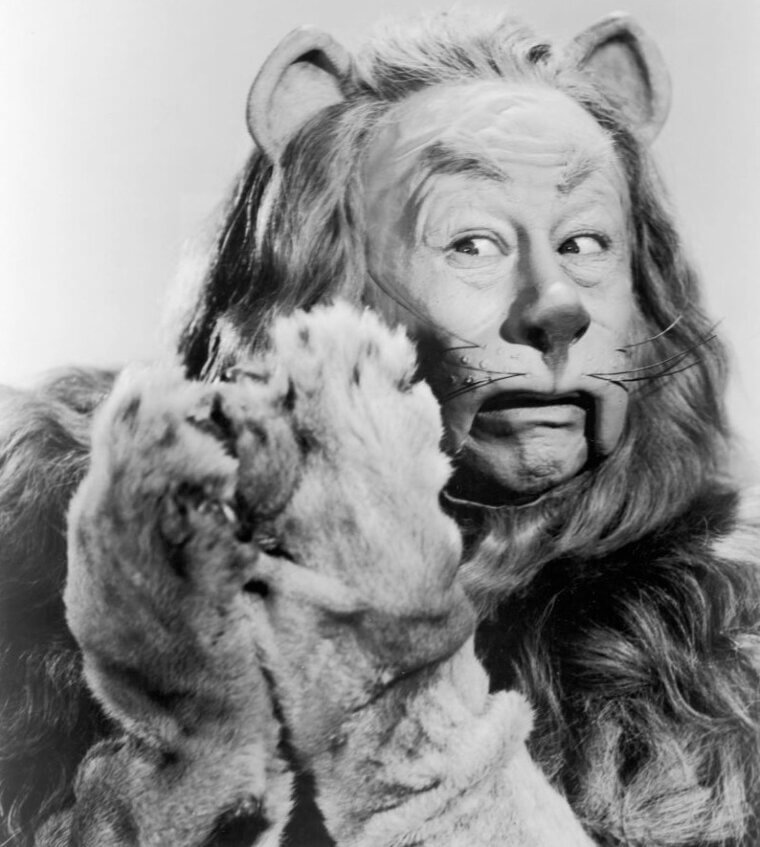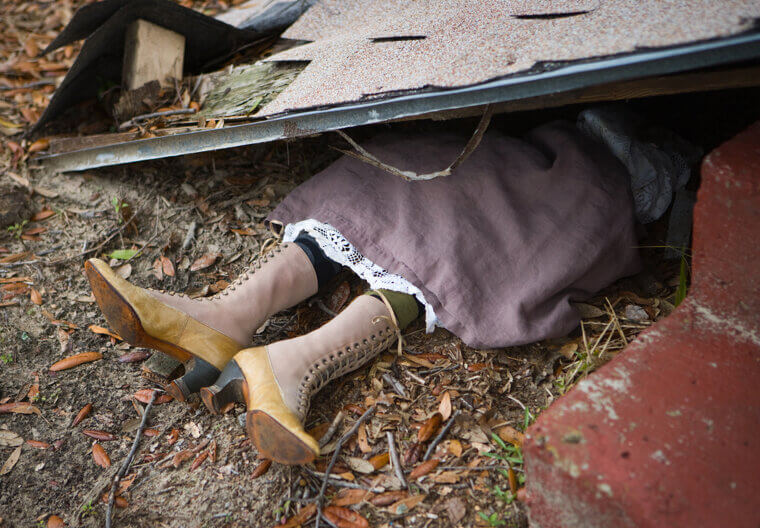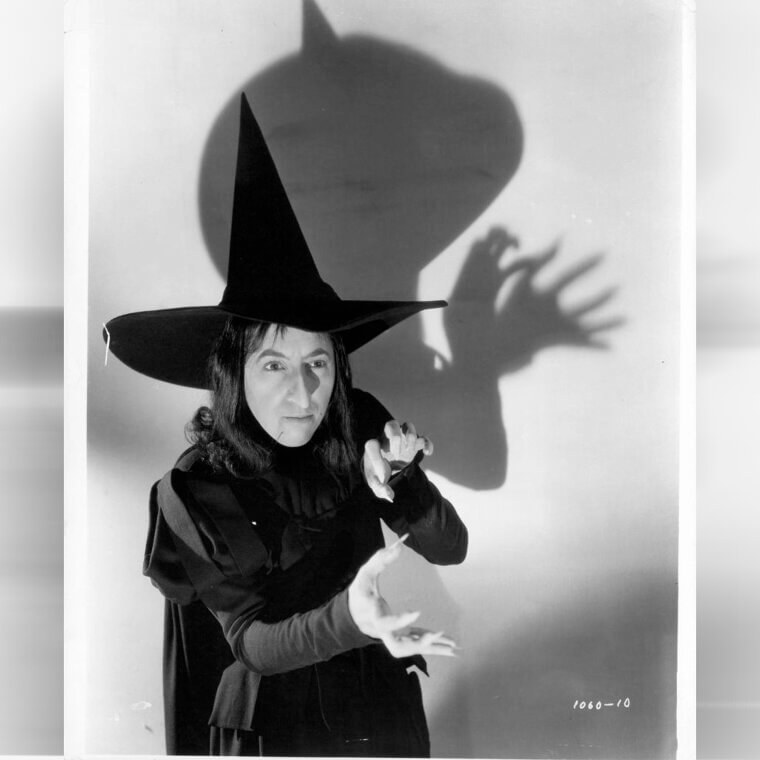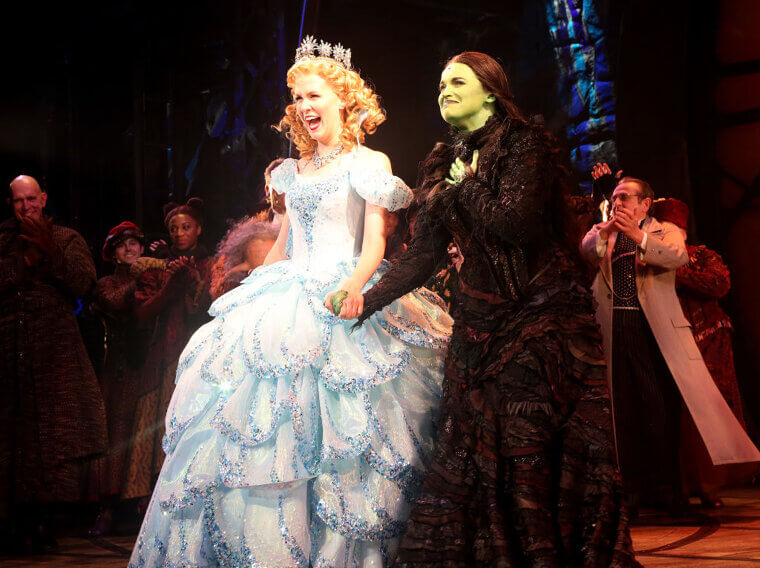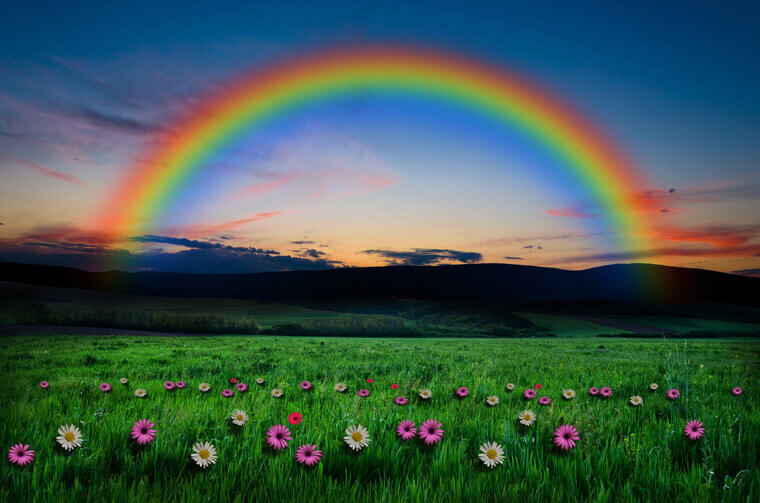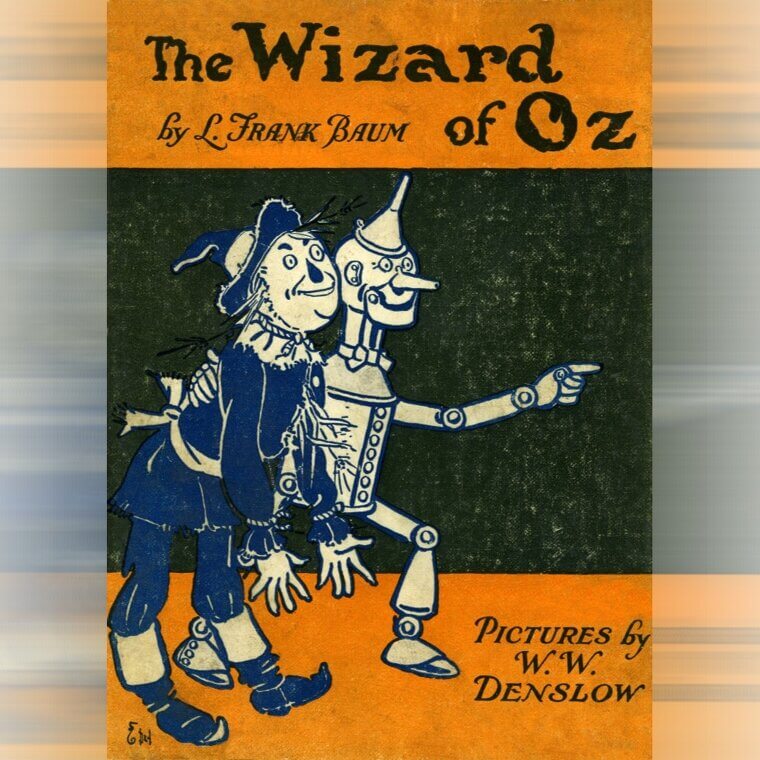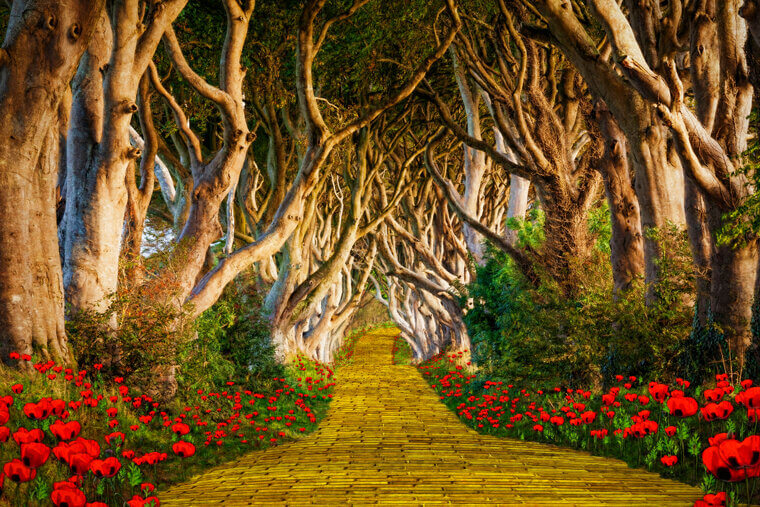1. They Used The Same Vintage Universal Logo as 1939's The Wizard of Oz
Before a single note of “No One Mourns the Wicked” plays, Wicked opens with a retro black-and-white Universal logo that then blooms into color. It deliberately echoes how the 1939 Wizard of Oz shifts from sepia Kansas to Technicolor Oz, and even uses a globe design styled like Universal’s vintage 1930s–40s branding. It’s an immediate signal that we’re in classic Hollywood territory.
And that this adaptation is consciously tying itself to the cinematic era of MGM’s original film, priming viewers for a nostalgic return to the world of Oz for modern audiences.
2. Elphaba's New Song "No Place Like Home" Pays Tribute to The Wizard of Oz
The sequel introduces a brand-new Elphaba solo, “No Place Like Home,” whose title is an obvious nod to Dorothy’s famous mantra. Coverage of Wicked: For Good notes that the number takes place near the Yellow Brick Road as Elphaba encounters fleeing Animals, including a lion, tigers and the cuddly Dulcibear—riffing on “lions and tigers and bears, oh my!” from 1939.
Some analyses also point out that the climactic riff briefly echoes “Home” from The Wiz, layering yet another Oz musical reference into Elphaba’s aching declaration.
3. Throughout the Film, There Are Hints That Boq Will Eventually Turn Into the Tinman
Wicked: For Good finally shows Boq’s road toward becoming the Tin Man, but the film sprinkles clues beforehand. In the Thropp estate sequence, WhatsonStage’s easter-egg guide points out that Boq is seen chopping wood in a greyish uniform while Nessarose tightens her control over him. His increasingly constrained appearance, coupled with constant shots of tools and metalwork, foreshadows the transformation fans know from the musical.
Later plot developments make that destiny explicit, but the imagery—rigid posture, muted tones and repetitive chopping—telegraphs his “tin” future long before the spell is cast.
4. Why They Intentionally Chose Silver Slippers With Red Lighting Instead of Ruby Slippers
Onstage and on film, Wicked sticks with silver shoes, matching L. Frank Baum’s 1900 novel rather than MGM’s ruby slippers. Many fans assumed this was due to trademark problems with Warner Bros., but director Jon M. Chu has said that licensing wasn’t actually the barrier; the creative team simply chose to honor Baum and Gregory Maguire’s source material. Nessarose’s silver slippers still gain enormous symbolic weight.
And cinematography often bathes them in warm, ruby-like light so audiences instinctively connect them to Dorothy’s later, redder version.
5. The Font for "Wicked" Is Almost Identical to the One Used for "The Wizard of Oz"
When the “Wicked” title appears at the end of “No One Mourns the Wicked,” the lettering isn’t random. The film uses a curly, whimsical script modeled very closely on the classic Wizard of Oz title card, down to the sweeping flourishes and vintage storybook feel. Articles on the movie’s design point out that the font is essentially a replica or clear homage.
The font was deliberately chosen so the title visually rhymes with 1939’s iconic logo makes the connection between the two movies completely unmistakable, even for viewers who only vaguely remember the original film.
6. We Actually Hear Glinda and Elphaba's "For Good" Song at Many Different Times During the Film
“For Good” doesn’t officially show up as a full duet until Act II in the stage show, but the movie plants its DNA everywhere. Business Insider and other outlets note that the opening notes of “For Good” become a leitmotif for Elphaba and Glinda’s relationship—the theme appears when Glinda is asked if they were friends, and threads into cues around “No One Mourns the Wicked,” “Dancing Through Life,” “Popular” and even “Defying Gravity.”
The score uses that ascending pattern as emotional shorthand, foreshadowing their future farewell long before the words are ever sung.
7. Alice Fearn, Who Plays Glinda's Mom, Previously Starred as Elphaba in the West End's Wicked
Glinda’s “Momsie” in the film isn’t just any Emerald City parent. She’s played by Alice Fearn, who spent years defying gravity as Elphaba in the West End production. Casting breakdowns and the film’s credits highlight that Fearn and Adam James (as “Popsicle”) appear briefly during Glinda’s flashbacks and at Shiz. It’s a sly reversal: a former green witch now raising the future Good Witch.
For fans who know the stage show, spotting a beloved London Elphaba tucked into Glinda’s family is a charming meta-cameo.
8. The Aisle Runner at Glinda's Wedding Is a Nod to the Yellow Brick Road in the Wizard of Oz
Glinda and Fiyero’s grand Emerald City wedding in Wicked: For Good is staged with Ozian pageantry, including a long golden aisle stretching toward the altar. Coverage of the sequel notes how that runner visually echoes the Yellow Brick Road, especially in wide shots where it cuts a bold path through green surroundings and Munchkin onlookers.In story terms, Glinda is walking down a “brick road” toward political power and public adoration.
But the events outside the ceremony—like Animal uprisings and Elphaba’s actions—hint that this path is a glittering trap.
9. The Red Poppies on the Wizard's Robe Is a Reference to the Intoxicating Poppies That Put Dorothy to Sleep in the Wizard of Oz
In Wicked: For Good, the Wizard’s wardrobe becomes even more symbolic. Commentary on the film’s visuals highlights red poppy motifs embroidered or printed on his robes, a clear nod to the enchanted poppy field that lulls Dorothy and her friends to sleep in the 1939 movie. Earlier, Wicked had already used levitating poppies to knock out Elphaba’s classmates.
Here, having the Wizard literally wear poppies reinforces how he weaponizes enchantment and distraction—his very clothes are decorated with a flower historically associated with putting heroes under a spell.
10. The House That Falls on Nessarose Has Gingham Curtains That Match Dorothy's Gingham Dress
When Dorothy’s house finally lands in Munchkinland during Wicked: For Good, crushing Nessarose, the film restages the classic moment from a new angle. Easter-egg rundowns note that glimpses inside the farmhouse reveal blue-and-white gingham fabric—on curtains and textiles—that closely matches the pattern of Dorothy’s iconic pinafore in the MGM film. It’s a subtle design echo that links Dorothy’s Kansas life to the weapon that ends Nessa’s.
The gingham details help bridge the two films visually, making the falling house feel like it truly belongs to the same farmgirl we remember.
11. Hints That Flyero Will Eventually Become the Scarecrow
Viewers who know the musical are waiting for Fiyero’s transformation, and the sequel leans into that expectation. Articles explaining the ending describe how Fiyero is captured by the Gale Force and bound to a pole in a field before Elphaba’s magic ultimately saves him, leaving him in a scarecrow-like form. Visual language throughout—cornfields, stakes, and the way his costume gains rougher, patched textures—foreshadows that fate.
By the time he staggers back to Elphaba as a straw-stuffed figure, the film has already primed audiences to recognize him as Dorothy’s future Scarecrow.
12. The Wizard Leaves Oz the Same Way He Did in "The Wizard of Oz"
Just like in 1939, the Wizard’s exit strategy is a hot-air balloon. People’s ending explainers and other recaps confirm that Wicked: For Good shows him boarding a balloon and departing Oz, nudged along by Glinda rather than Dorothy. The visual strongly mirrors the original movie’s farewell scene, complete with a basket, billowing envelope and crowds watching him ascend. In context, though, this departure feels more like exile than accident.
Glinda forces him to leave after exposing his lies, recontextualizing the whimsical balloon escape as a consequence of political reckoning.
13. Another "Over the Rainbow" Reference at the End of Wicked: For Good
The very end of Wicked: For Good ties its story back to The Wizard of Oz one last time. Coverage of the finale notes that rainbow imagery and musical motifs reappear as Glinda steps into her role leading Oz and Elphaba escapes with Fiyero. Orchestral writing briefly recalls the “Unlimited”/“Somewhere Over the Rainbow” interval that’s threaded through both films, and some analyses point out visual rainbows or prismatic light around Emerald City.
It’s a final reminder that Dorothy’s journey is about to begin just as Elphaba and Glinda’s bittersweet chapter closes.
14. When Elphaba Says "I'm off to See the Wizard," It's a Reference to The Wizard of Oz Soundtrack
At one point in Wicked: For Good, Elphaba sets out for a pivotal confrontation and pointedly echoes Dorothy’s most famous song title by declaring she’s “off to see the Wizard.” Reviews and easter-egg roundups of the film highlight the line as a winking nod to the 1939 movie’s jaunty travel tune. Coming from Elphaba, the phrase feels ironic rather than innocent—she’s not seeking miracles, but answers and accountability.
The movie reframes a cheerful musical refrain as the start of a dark showdown with the man behind the curtain.
15. Elphaba Notices That Dorothy Has Toto on a Leash - Indicating Dorothy's Tie to the Animal Struggle in Oz
The sequel gives Elphaba a front-row view of the Kansas girl we’ve been waiting for. Articles summarizing Wicked: For Good describe how Dorothy appears mostly from behind or in silhouette, but Elphaba spots her leading a small dog on a simple leash—making Dorothy and Toto a part of Oz's story of animal oppression. The staging mirrors shots from the 1939 film, where Toto is often clutched or tethered as Dorothy moves through Oz.
By letting Elphaba notice that detail, the movie quietly acknowledges how the witches are watching “someone else’s” story unfold, even as their own lives are unraveling.
16. The Scene for the "Wonderful" Track Was Inspired by Disney's Peter Pan Ride
For Wicked: For Good, the filmmakers re-stage “Wonderful” as an aerial, three-hander for the Wizard, Elphaba and Glinda. According to WhatsonStage’s detailed breakdown, cinematographer Alice Brooks and the design team explicitly based the flying camera moves and suspended set pieces on Disneyland’s classic Peter Pan’s Flight ride, where guests glide over miniature London and Neverland. In the film, the characters soar above stylized Emerald City models and floating scenery.
The scene turns the Wizard’s sales pitch into a literal theme-park-style attraction that underlines how much of his power rests on showmanship.
17. We Actually Already Got a Glimpse of Dorothy, Tin Man, Cowardly Lion, and Scarecrow in 2024's Wicked
Early on, as Glinda narrates and the camera soars toward Oz, viewers briefly see four very familiar silhouettes walking the Yellow Brick Road: a girl with a basket, plus a Tin Man, Scarecrow and Lion. Multiple breakdowns confirm this is Dorothy and her friends on their way to the Emerald City, complete with Toto at her side. The film never lingers or shows Dorothy’s face.
But the costumes and staging unmistakably mirror the 1939 designs, quietly inserting the original journey into Wicked’s timeline as a subtle, blink-and-you’ll-miss-it Easter egg.
18. Wicked's Tulip Field, Made of 9 Million Real Tulips, Is a Nod to Judy Garland's "Somewhere Over the Rainbow"
The opening Munchkinland sequence takes place amid a vast tulip field made from around nine million real tulips, planted in stripes of color that literally resemble a rainbow. Jon M. Chu and the production team have explained that the arrangement—arched bands of red, orange, yellow, green, blue and violet—is meant to echo “Somewhere Over the Rainbow” visually.
The kids running through those rainbow rows while celebrating the Witch’s death ties Wicked’s look directly back to Judy Garland’s most famous Oz song without quoting it outright at first.
19. The Wizard of Oz's "Ding Dong! The Witch Is Dead" Was Featured in Wicked
If you listen carefully to the brass at the start of “No One Mourns the Wicked,” you’ll hear the first five notes of “Ding Dong! The Witch Is Dead.” Music writers and easter-egg roundups point out that the motif appears right as the Ozians celebrate Elphaba’s supposed death, directly mirroring Munchkinland’s celebration in The Wizard of Oz.
The film uses that tiny fragment from Harold Arlen’s tune as musical shorthand, signalling that this is the same witch the Munchkins once sang about in the original movie.
20. The Wizard of Oz Soundtrack Is Interwoven Into Wicked
The score doesn’t just quote “Ding Dong.” Film music breakdowns note that “No One Mourns the Wicked” and the surrounding underscore also sneak in the “Somewhere Over the Rainbow” contour and Miss Gulch’s ominous motif from 1939. Elsewhere in the film, orchestrations weave in fragments from “Poppies,” “The Merry Old Land of Oz,” and “Follow the Yellow Brick Road,” often reharmonized so they feel like part of Stephen Schwartz’s musical world rather than needle-drops.
It’s essentially a stitched-together Oz musical universe, rewarding anyone who knows the original soundtrack by ear.
21. The Meaning of All Those Hot Air Balloons
Hot-air-balloon imagery is everywhere in Wicked—they’re carved into Shiz’s facade, printed on Emerald City stickers, decorating buildings and even used to deliver invitations. Variety and other explainers link this directly to the Wizard’s famous balloon getaway in The Wizard of Oz, and to the in-universe children’s book about his arrival. The balloons constantly remind us that his whole persona is built on hot air and spectacle.
By the time Elphaba and Glinda stumble into his actual balloon in the attic, the visual theme has been quietly building for the whole film.
22. Nessarose Wears Striped Socks Throughout Wicked
In flashbacks to Elphaba and Nessarose’s childhood, and later when Nessa arrives at Shiz, her wardrobe quietly nods to her eventual fate. Articles cataloguing the film’s details note that she wears bold striped socks, visually echoing the legs of the Wicked Witch of the East sticking out from under Dorothy’s house in The Wizard of Oz. That pattern turns a cute childhood costume into ominous foreshadowing.
Viewers familiar with Oz lore immediately recognize that those stripes mark her as the witch who will one day be crushed in Munchkinland.
23. Nessarose's Silver Slippers Feature a Tornado - A Nod to The Wizard of Oz
When Nessarose’s father presents her with jeweled slippers at Shiz, they’re more than pretty shoes. Easter-egg breakdowns point out that the heels and embellishments swirl in a spiral pattern designed to resemble a tornado—the very storm that will eventually bring Dorothy to Oz and kill Nessa. The slippers themselves are silver, aligning with L. Frank Baum’s original novel rather than MGM’s ruby version, but that tornado motif links them directly to the 1939 film’s plot.
Later, Glinda briefly reveals sparkly red heels in “Popular,” underlining the connection even more. The nods to 1939's Wizard of Oz are seemingly endless.
24. The Lion Cub Elphaba and Fiyero Rescued Eventually Becomes the Cowardly Lion in the Wizard of Oz
During the “Dancing Through Life” fallout, Elphaba and Fiyero free a trembling lion cub from a cruel classroom experiment. Several explainers confirm this isn’t just any animal—he’s meant to grow into the Cowardly Lion we meet later alongside Dorothy. The rescue scene even mirrors Miss Gulch’s bicycle ride with Toto, with Elphaba pedaling the cub away in a basket.
Later references in Wicked: For Good reinforce that this cub continues into Oz history, tying Elphaba’s act of compassion directly to one of Dorothy’s most famous companions.
25. The Wizard Throws a Wooden House in the Air During "A Sentimental Man" - A Reference to Dorothy's Flying House
While the Wizard sings “A Sentimental Man,” he wanders through a miniature model of Oz, complete with tiny buildings. TheaterMania and other outlets note a darkly funny gag: he casually picks up a small wooden shack and tosses it into the air so it flies off into the night. It’s an unmistakable wink at Dorothy’s house being swept up by the tornado and dropped on the Wicked Witch of the East.
Here, the Wizard literally plays god with a flying house, foreshadowing the catastrophe his regime will help set in motion.
26. Shadows Are Used to Hint at Different Character's Fates
Across the film, lighting and shadows do as much storytelling as the dialogue. In “Something Bad,” critics have highlighted how shadows and silhouettes on Morrible’s walls create an ominous atmosphere, underscoring the propaganda she’s spinning. Later, the Wizard’s antics behind his curtain cast exaggerated shadows that call back directly to “pay no attention to that man behind the curtain” from 1939, and visually anticipate the shadow-play used to stage Elphaba’s “melting.”
These choices hint that what we see in Oz is never the whole truth—just what powerful people project.
27. Glinda Strikes a Pose at the End of "Popular" - And It's the Same Pose Featured in the Broadway Production of the Musical
At the end of “Popular,” Ariana Grande’s Glinda lifts a handheld mirror high and freezes in a triumphant, picture-perfect pose. TheaterMania and other stage-to-screen breakdowns point out that this is a direct recreation of an iconic production image from Broadway, where Glinda is often photographed mid-“Popular” with a similar gesture. Stephen Schwartz has also mentioned that the number’s ending was extended and carefully staged for the film to give Glinda a big visual button.
It’s essentially a live-action version of the show’s promotional artwork, and a sly visual nod that longtime fans will instantly recognize.
28. The Birds and Rainbow Behind Elphaba in "The Wizard and I" Are a Reference to "Somewhere Over the Rainbow, Bluebirds Fly"
During “The Wizard and I,” Elphaba races through a field and into a vision of the Emerald City while a rainbow arcs overhead and birds flit across the sky. Articles about the film’s Oz references call this a deliberate visual echo of “Somewhere Over the Rainbow,” particularly the lyric “where bluebirds fly.” In some analyses, fans even note that the camera literally moves “over” a rainbow in a later shot.
This reinforces the Judy Garland connection and tying Elphaba’s early optimism to Dorothy’s dream of a better, brighter world.
29. When Madame Morrible Tells Elphaba "We Mustn't Let You Get Wet," It Foreshadows the Wicked Witch of the West's Future
After “I’m Not That Girl,” when it suddenly begins to rain, Madame Morrible swoops in with an umbrella and fusses over Elphaba, saying, “We mustn’t let you get wet.” Variety, BuzzFeed-style lists and fan write-ups all single this out as a pointed bit of foreshadowing. In The Wizard of Oz, Dorothy ultimately defeats the Wicked Witch of the West by throwing a bucket of water on her.
Here, what looks like a kindly gesture actually reminds viewers—especially those who know the story—exactly how Elphaba is “supposed” to die.
30. "Follow the Yellow Brick Road" Can Be Heard Subtly Intertwined Into "One Short Day"
In the Emerald City sequence, “One Short Day” is packed with musical and visual references. Among them, entertainment sites and easter-egg lists point out that the score subtly slips in the melody of “Follow the Yellow Brick Road.” It’s not sung outright, but you can hear its familiar pattern woven into the orchestration as Elphaba and Glinda marvel at the city.
Combined with the literal Yellow Brick Road lore discussed during Wizomania, the motif underlines that their tourist day in Emerald City is happening along the same path Dorothy will later follow.
31. "One Short Day" Features Cameos by Wicked Writers and the Original Wicked Stars, Kristin Chenoweth and Idina Menzel
“One Short Day” doubles as a secret reunion. In the expanded Wizomania sequence, the Emerald City Players include Idina Menzel and Kristin Chenoweth—Broadway’s original Elphaba and Glinda—appearing as glittering goddesses who narrate the Wizard’s arrival and the Grimmerie’s prophecy. The film also tucks in book writer/screenwriter Winnie Holzman and composer Stephen Schwartz, plus Broadway alum Michael McCorry Rose.
Cast lists, interviews and cameos breakdowns confirm that all of them appear in this number, turning the Emerald City stage into a loving salute to Wicked’s theatrical roots.

